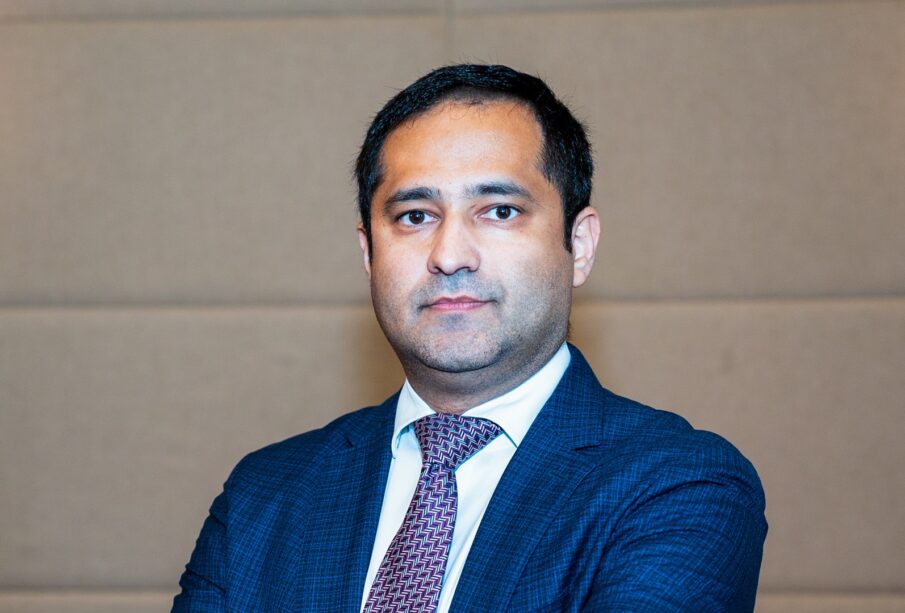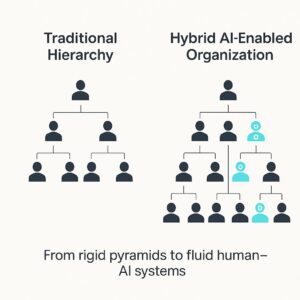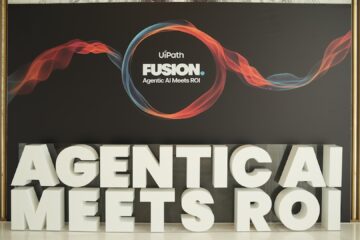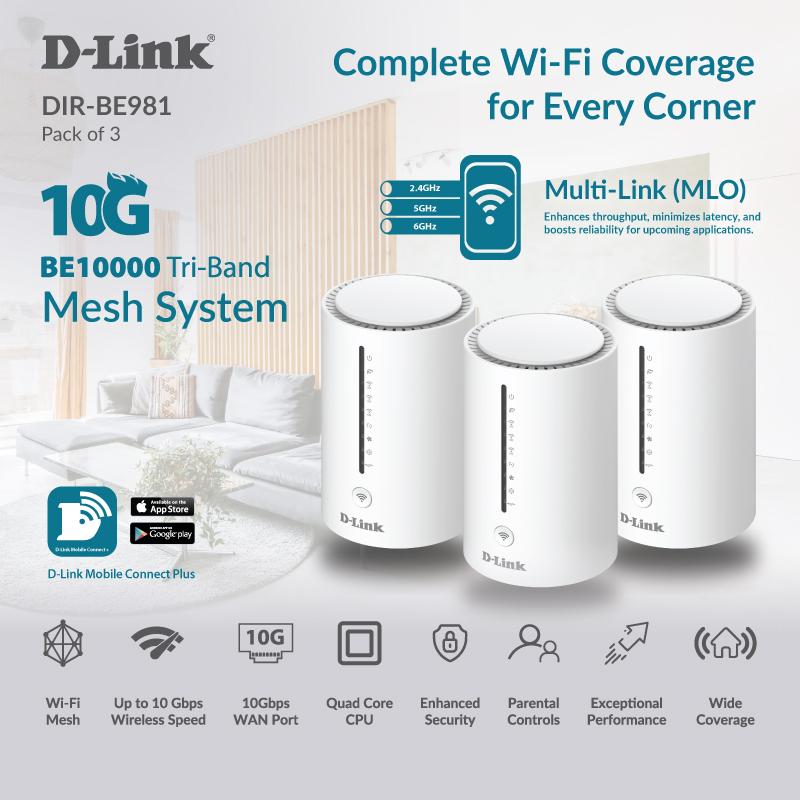The hybrid org chart: when AI agents start organizing structures of leadership

Muhammad Zahaib Nabeel, a technology leader and PMO expert with Yas Holding explores how traditional corporate hierarchies are breaking down and being replaced by hybrid organizational structures where human teams work alongside AI agents
Organizational charts are being rewritten.
Not of ink, but of AI agents.
For decades, the corporate pyramid was based on layers of specialization and middle management. That model made sense when coordination, oversight and reporting relied almost entirely on people. But in today’s world of speed, complexity and global scale, it is being stretched beyond what it can handle.
The new reality is compact teams , flatter structures and hybrid teams where leaders have to manage both humans and AI together.
This shift is not about replacing people. Instead, it’s about increasing productivity by complementing humans with AI workers to scale up operations,reduce ineffecincies, and ensure robost acceletarted outcomes. Hybrid Org Chart is no longer theoratical , infact it has already become a reality of many organizations.
 Why the Old Pyramid Is Falling apart
Why the Old Pyramid Is Falling apart
The traditional hierarchy was designed for efficiency: cookie-cutter functions, managers monitoring execution and decisions cascading down.
That model worked when:
• Information flow was slow.
• Oversight was manual.
• Predictibility valued over Agility.
But disruption is now constant. Supply chains ebb and flow, regulations tighten, technology cycles change every quarter. The pyramid, meanwhile, is difficult to maintain, it is slow, expensive and fragile.
The Rise of AI Agents
AI agents are not in the future, they’re already a thing. These are independently operating systems that have the ability to analyse, decide, and take actions in the context of some sphere of activity. Consider them digital colleagues.
Practical examples:
• Microsoft Copilot summarizing meetings and writing reports.
• Salesforce Einstein forecasting pipelines and handling customer queries.
• IT service bots which resolve tickets without escalation.
• AI financial models producing realtime insigts.
These agents don’t just automate,they participate. Embedded in work flows, they scale knowledge work to exceed human capacity.
The Hybrid Org Chart
In this new structure:
• Lean,Agile and corss-functional human teams.
• Embeded Ai Agents across organizational functions
• Lean middle management as AI taking over roles of cordination and monitering.
• Executives now lead hybrid teams; part human and part digital.
New roles are emerging:
• AI Operations Manager to align agents with KPIs.
• Hybrid Team Leader to lead outcomes on people and AI workers.
• Governance Specialist to oversee the compliance and accountability aspect.
The effect is transformational: decision cycles shorten, reporting lines are flattened, and higher productivity.
Implications for Leadership
This shift requires the leader to move from managing tasks to orchestrating outcomes.
Three big changes:
• Trust and accountability: AI decisions should be transparent and explainable.
• Culture shift: Staff need to see AI as co-workers, not a threat.
• Acquired skills: Leaders transition from managing process to managing ecosystem, balancing people, data and algorithms.
Leaders who learn and apply will not just ride the wave of change, they will re-define it.
Why This Matters Now
The shift is already being quantified by analysts:
• Gartner forecasts that by 2026, one in five knowledge workers will collaborate with AI agents.
• Generative AI, McKinsey estimates, could unlock $4.4 trillion a year in annually productivity.
• IDC predicts that by 2027, 40% of large enterprises will formalize the management of AI agents as a core leadership competency.
The Middle East is fast-paced.
• UAE’s National AI Strategy 2031 aims to enhance the role of AI as a force multiplier of workforce.
• In Saudi Vision 2030, AI is incorporated in economic diversification.
Throughout the GCC, companies are implementing AI as a part of core operations, not merely in the form of pilots.
What Leaders Should Do Now
How can organizations prepare? Three immediate steps:
1. Audit Workflows: Idnetify high-volume, repetative processes where AI can complement; customer support, finance, procurement, or compliance.
2. Pilot Hybrid Models: Start small. Use AI agents in one centre with a human team leader over digital and human agents. Document learnings before scaling.
3. Upskill Leaders: Train managers in “hybrid leadership.” It’s not just about delegation it’s about governance and motivation in teams where half the contributors never make it to a coffee break.
The New Leadership Paradigm
The org chart is no longer a rigid pyramid. It’s evolving into a dynamic system where people and AI agents work side by side.
This is not about human obsolescence but about amplification. People focus on creativity, empathy, and strategy, while AI agents handle precision and scale.
Leaders who are early adopters of this model will gain in efficiency, and more importantly, but more importantly, they will redefine leadership itself in the age of AI.















